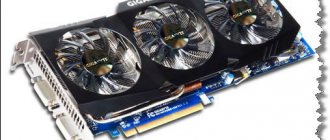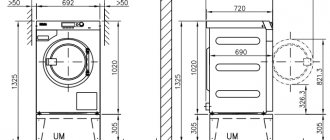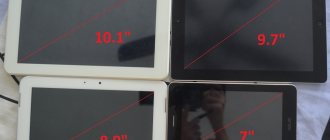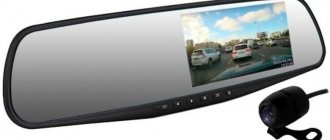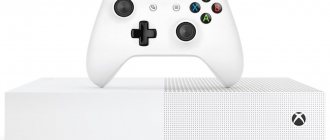Hello everyone! Today we will talk about the best computer cases. Many people underestimate the importance of this element of the PC configuration, but the entire cooling of the computer, and therefore the operating temperatures of its components, largely depends on the chassis. To make the video as useful as possible, I added both office-home and gaming models to the top, among which both fans of the original design and connoisseurs of a practical approach will find solutions to suit their tastes.
How to choose a PC case
We looked at worthy examples, now let's talk about practical tips that will help you choose a model for yourself. System administrator Ilnur Shafikov will help us with this .
Forfactor
You need to decide what “filling” will be inside your computer - the price, dimensions and cooling system of the case depend on this. A compact case is suitable for an office PC, but powerful gaming hardware simply won’t fit there.
From the very beginning, we should mention Small Form Factor cases - they are distinguished by the appearance of a small “cube”, which can be of various sizes. As a rule, it is problematic to install full-size video cards in such cases due to their length. “Cubic” cases look very impressive. Approximate dimensions - 265x390x347.
MicroTower is the smallest option for assembling a full-fledged PC in a familiar format. You can fit a small MicroATX motherboard, a small video card and a hard or SSD drive into it. The width, height and depth dimensions are approximately 165x360x390 centimeters.
The MiniTower has a little more space than the Micro. You still won't be able to install a "full-size" motherboard and gaming graphics card inside. However, the cooling in such cases is better than in Micro. Also, if desired, you can install a disk drive in such a case. Dimensions - 200x425x420 centimeters.
MidiTower is the most popular format among the best PC cases 2021. This is the gold standard for work computers - it will fit a “regular” ATX motherboard, a full-size video card and, if you need it, devices like a disk drive or card reader. If you don’t know which PC case to choose, MidiTower will suit you in 90% of cases. Dimensions - 190x465x430 centimeters.
The FullTower case is chosen by those who do not have enough space in the MidiTower. Here you can install an eATX motherboard, an additional pair of video cards and a set of hard drives. Also, such cases are often equipped with silent water cooling systems. The dimensions of such a system are 230x440x475 centimeters.
Finally, SuperTower cases - they are used to create the most powerful gaming systems or servers. You can fit a whole mountain of computer hardware here - several motherboards, video cards and hard drives. The average user does not need such power. Dimensions - 420x750x480 centimeters.
Housing materials
A good computer case should be made of durable metal and plastic. There are often jokes among computer scientists about cases in which the thickness of the wall material is slightly greater than that of a sheet of foil. Of course, it doesn’t come to such an absurdity in real life, but the wall thickness of the best PC cases should be at least 0.5 mm. In advanced models, the side wall of the system unit is made of transparent plastic or glass so that the beautiful hardware can be seen. Remember, the heavier the PC case, the less likely it is to hear the noise of the computer components.
Convenience
Be sure to check which connectors are on the front panel of the case and how many there are. For comfortable use there should be at least two USB interfaces. It is desirable that headphones or a microphone can be connected to the front of the case. Also, for some, a card reader built into the case will not be superfluous.
Cooling
For a low-power office system, one cooler installed in the rear of the case is enough. If you are assembling a gaming machine, then you should take care of good air circulation inside the PC case. To do this, you need to install at least two coolers inside - in front (for blowing) and at the back (for blowing). It is also possible to install a cooling system on the top cover for gaming case models. To improve air circulation, some cases provide the ability to hide the wires behind the side to which the motherboard is attached.
Why do I need a computer?
- Internet (with the habit of opening 100,500 tabs in the browser)
- Games
- Movies and TV series (I use SVP to raise the framerate to 60FPS)
- Sometimes programming (enough at work)
- Sometimes video editing
That is, my computer should dissipate ~500 Watts of thermal power (100 processor, 300 video card, 100 everything else).
There should also be an SSD for the OS with programs and space for a HDD with file storage. I'm not yet ready for NAS.
